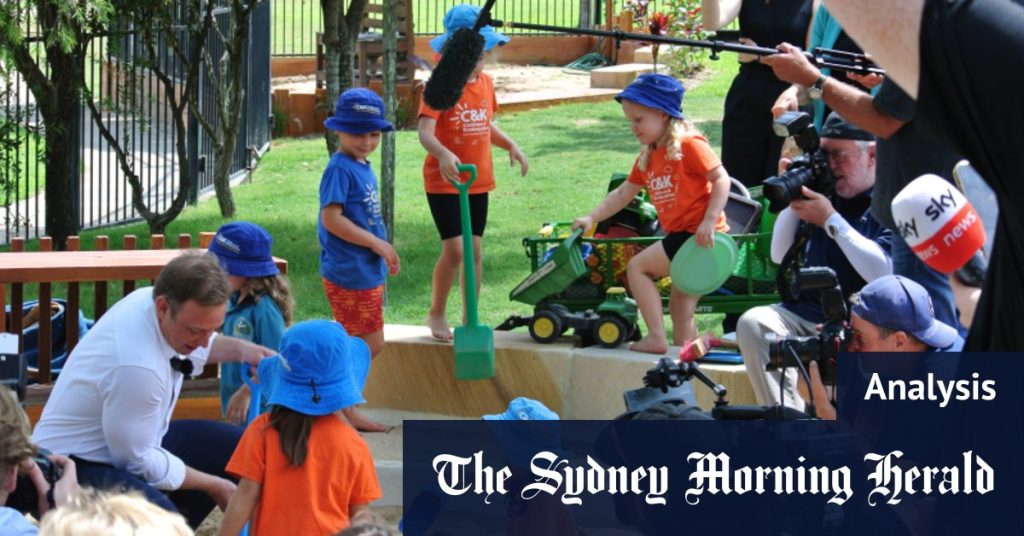During the recent Queensland election campaign, political parties utilized secrecy and tight control over media access in order to control the narrative and limit reporters’ ability to research information. For example, reporters were given very little time to review important documents such as budget costings, with the LNP allowing less than a minute for journalists to go through a 30-page document, while Labor provided a more generous five minutes. This lack of transparency and limited access to information made it difficult for reporters to fully understand and scrutinize the policies and promises of the competing parties.
The campaign trail was filled with staged events and photo opportunities, with kindergartens being a popular location for both major parties to visit. Politicians and journalists moved quickly from one location to another, rarely staying in one place for long periods of time. This fast-paced environment led to unique workspace compromises, particularly for broadcast journalists who had to provide live updates to news anchors or record voice-overs for radio packages. Despite the hectic schedule, journalists had to remain flexible and adapt to the demands of the campaign trail.
One tactic employed by the Labor team to keep journalists on the bus and engaged was to have Premier Steven Miles join them for the journey. This incentivized reporters to stay and cover all the planned events, even on long days with multiple stops and modes of transportation. However, despite the controlled nature of the campaign roadshow, some unplanned events and encounters still managed to capture media attention, such as running into controversial candidates or speaking to independent candidates at pre-polling locations.
Overall, the tightly controlled and secretive nature of the Queensland election campaign made it challenging for journalists to fully cover and scrutinize the policies and promises of the major parties. Despite this, reporters had to adapt to the fast-paced and constantly changing environment of the campaign trail, often having to make quick decisions about which events to cover and how to best report on them. While some planned events produced expected outcomes, it was the unplanned encounters and unscripted moments that often garnered more headlines and attention from the media and the public.
The unique challenges and demands of covering a political campaign were evident throughout the Queensland election, with journalists having to navigate tight restrictions on access to information and events. The fast-moving nature of the campaign trail required reporters to be flexible, adaptable, and resourceful in order to provide accurate and insightful coverage of the candidates and their policies. Despite the obstacles and limitations imposed by the parties, journalists were able to find ways to uncover unexpected stories and engage with a range of perspectives, ultimately contributing to a more comprehensive understanding of the election and its implications for the people of Queensland.













